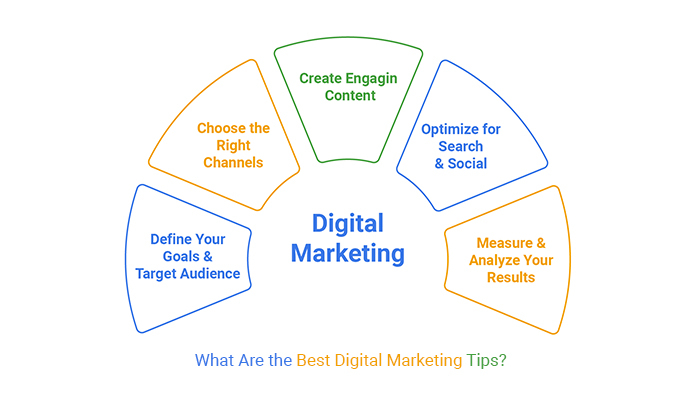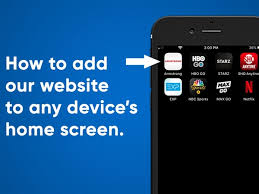How to Start A Business
To start a business, after you`ve thought of the idea, now you need to develop your idea, conduct market research, write a business plan, and complete a series of financial and legal steps. While the process requires diligent effort, many businesses can be launched with little initial investment.
Phase 1: Planning and research
- Develop and refine your idea. Start with a concept for a unique product, service, or solution. Consider your personal skills and passions, or look for underserved niches in the market.
- Conduct market research. Validate your idea by studying the demand for your product or service. You must understand your target audience—who they are, what they want, and what motivates their purchases. Analyze your competitors to identify what sets you apart.
- Write a business plan. This is a roadmap for your venture. A comprehensive business plan typically includes:
- An executive summary
- A market analysis
- An overview of your products or services
- A marketing and sales strategy
- Financial projections
- Assess your finances. Calculate your startup costs, which can vary significantly by industry. For low-cost online businesses, expenses can be minimal, while retail or manufacturing requires more capital. Create a budget and consider how you will fund the business.
Phase 2: Legal and financial setup
- Secure funding. Depending on your financial needs, you might explore several options:
- Self-funding: Using personal savings, also known as bootstrapping.
- Small business loans: Offered by banks or alternative lenders.
- Crowdfunding: Raising small amounts of money from a large number of people online.
- Grants: Competitive, free funding, often from government or private sources.
- Choose a business structure. The legal structure you select affects your liability, tax obligations, and administrative burden. Common structures include:
- Sole proprietorship: The simplest option, where you and the business are a single entity.
- Partnership: Ownership and liability are shared by two or more people.
- Limited Liability Company (LLC): Protects you from personal liability while providing tax benefits.
- Corporation: A separate legal entity from its owners, often more complex.
- Register your business. This process varies by location and business structure. Key steps include:
- Registering your business name: Ensure it is unique and available.
- Obtaining an Employer Identification Number (EIN): Required by the IRS for most businesses.
- Securing licenses and permits: The specific permits needed will depend on your industry and location.
- Open a business bank account. Keep your personal and business finances separate by opening a dedicated business account. This simplifies accounting, improves your professional image, and helps build your business’s credit history.
- Get business insurance. Protect your company from unexpected events, such as property damage, theft, or lawsuits. Common types of insurance include general liability and workers’ compensation if you have employees.
Phase 3: Brand building and marketing
- Develop your brand. This is more than just a name or logo; it is the story of your business. Create a consistent visual identity (logo, colors, fonts) and a brand voice that resonates with your target audience.
- Launch your website. An e-commerce website is essential for selling products or services online. A professional website also serves as a hub to interact with customers and showcase your brand.
- Build a marketing plan. Outline your strategy for reaching your target audience and converting them into customers. Consider tactics like:
- Content marketing (blogs, videos)
- Social media marketing
- Email marketing
- Paid advertising (e.g., Google Ads)
- Set up systems and processes. Prepare for a smooth launch by establishing systems for inventory, payment processing, and customer relationship management (CRM).
- Launch and grow. With all the pieces in place, it’s time to officially open for business. After launching, remember to stay adaptable and responsive to customer feedback and market trends to ensure long-term success.
#Remember
Niche Markets can be more lucrative but also more risky as you are omitting a large percent of the total world audience.
Business Plans are speculative and cannot evaluate whether you are a good Cook or Barber
GOOD LUCK









Post Comment